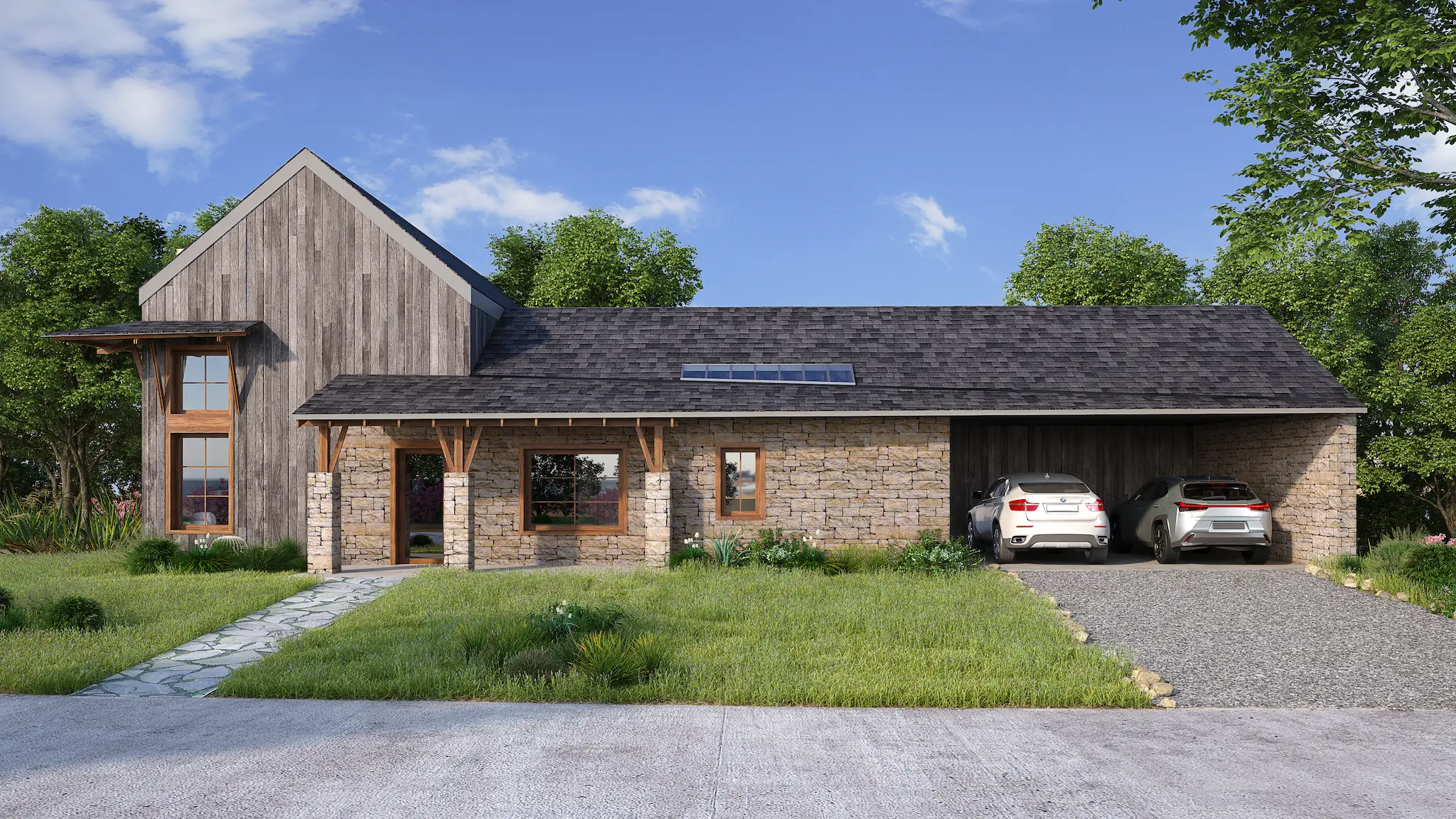Passive house principles
Design that’s better for you, your world, and your wallet.
Pictured: The Tulsa Passive House
About passive building design
The principles of passive house design
Pictured: The Bella Vista Passive House
DO NOT DELETE
Thermal control
Continuous insulation and thermal bridge elimination protect against mold growth and empower you to keep the temperature where you want it—without constantly running the A/C or heater.
Air control
An airtight enclosure with continuous, balanced ventilation delivers increased structural durability, superior indoor air quality, and minimal loss of conditioned air. So, with passive house principles, you get a longer lasting, healthier, more comfortable home or building.
Radiation control
The use of double- or triple-paned doors & windows, and appropriate shading strategies reduce energy consumption by keeping your building cool when it’s hot outside and warm when it’s cold outside.
Moisture control
Proper moisture control design keeps the moisture in your materials and the humidity in your air at levels that promote healthy living and superior structural integity.
Passive building FAQ
DO NOT DELETE
Is there a difference between passive house and passive building?
Yes. Passive house is the set of principles. Passive building is the implementation of those principles.
Can passive house principles be applied to other types of buildings?
Yes! Passive house standards may be applied to homes, churches, retail centers, schools, office buildings, apartment buildings, and more. Interested? Talk with us.
Is passive building better for the environment?
Yes. Passive buildings consume up to 80% less energy than conventional construction. So, you get maximum comfort at minimal cost to your environment.
What is a net zero energy building?
A net zero energy home, office, church, school, or retail center produces about as much energy as it uses over the course of a year. Here’s how it works:
Passive buildings typically use 50%-80% less energy than conventional structures. Through the use of solar panels, these high-efficiency structures tend to draw energy from the grid on cloudy days, and send energy to the grid on sunny days. Over the course of a year, the amount of energy they draw from the grid is roughly equal to the amount they send to the grid. That’s net zero.
Want to know more? Check out these resources, peruse our passive building portolio, or talk with Chris to explore net zero for your new build.
Are passive buildings affordable?
Extremely. Passive houses and buildings typically cost just 3%-5% more to build than conventional homes and buildings, and they reduce electric bills by as much as 80%. So, passive buildings are a little more expensive to build, and a lot less expensive to own. Want to talk with an architect in Tyler who can design the energy-efficient home or building you want? Get in touch.
